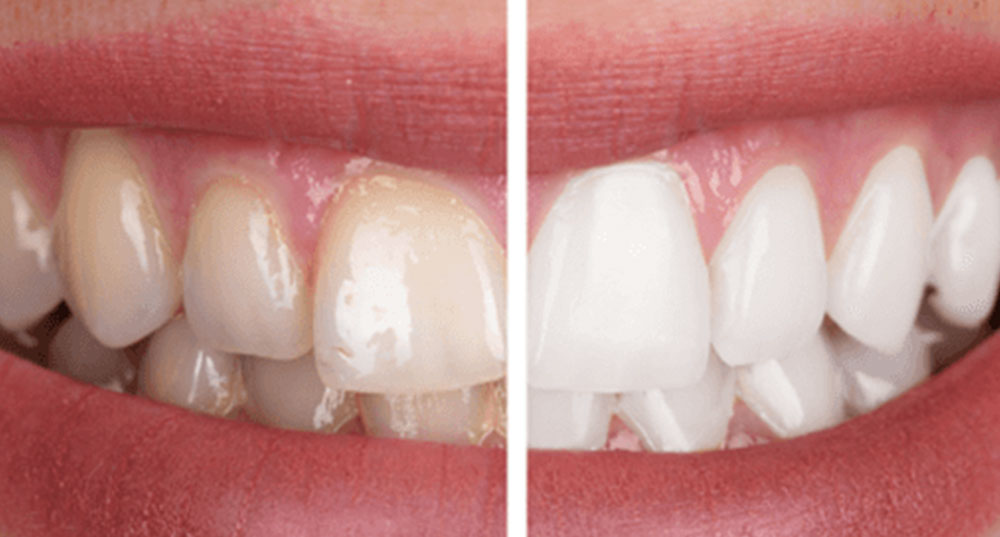Teeth Whitening in Ankara Turkey
Teeth whitening is an aesthetic procedure available for patients primarily concerned with the color of their teeth.
Before any whitening procedure, it’s absolutely crucial to perform a thorough dental cleaning or at least a polishing. This step removes the invisible, film-like plaque layer that builds up on tooth surfaces. If this film isn’t removed, the whitening solution we use will remain on top of it, and the whitening won’t achieve the desired results.
Think of it like painting a wall – you wouldn’t paint over dirt, would you? Just as a clean wall allows for an even, vibrant coat of paint, a clean tooth surface ensures the whitening gel can directly access the enamel and effectively break down stains, giving you a brighter, more uniform smile. This preparatory step ensures maximum effectiveness and a truly radiant outcome from your whitening treatment.
